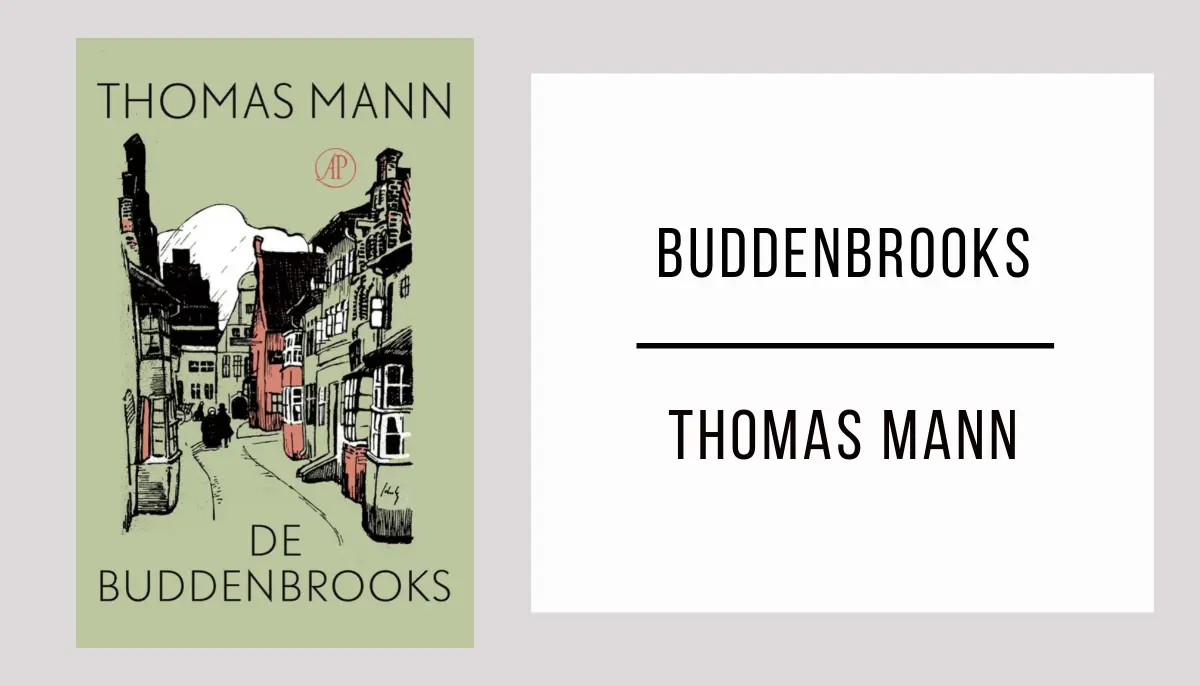“The Buddenbrooks” by Thomas Mann is a literary masterpiece that captures the decline of a bourgeois family over several generations.
Download and read “The Buddenbrooks” in PDF format for free. Immerse yourself in the captivating narrative and discover why this novel is considered a gem of classical literature.
Don’t miss the opportunity to delve into the fascinating world of “The Buddenbrooks.” Explore family conflicts, hidden passions, and moral dilemmas that will keep you captivated from beginning to end.
Buddenbrooks in PDF format
*Wait a few seconds for the document to load, the time may vary depending on your internet connection. If you prefer, you can download the file by clicking on the link below.
Loading fileInformation Buddenbrooks
- Author: Thomas Mann.
- Publication Date: 1901.
- Main Characters:
- Thomas Buddenbrook: The patriarch of the Buddenbrook family.
- Antonie “Tony” Buddenbrook: Thomas’s eldest daughter, who marries and assumes leadership of the family.
- Christian Buddenbrook: Thomas’s rebellious son, facing financial troubles and addiction issues.
- Hanno Buddenbrook: Thomas’s youngest son, a talented musician.
- Brief Summary: “The Buddenbrooks” follows the story of an affluent mercantile family in the city of Lübeck, Germany, over several generations. The novel depicts the decline of the family, their struggle to maintain social status, and their internal conflict between family traditions and the changes of modernity.
- Thematic Analysis: “The Buddenbrooks” addresses themes such as generational conflict, the decline of the bourgeoisie, social and cultural pressure, as well as the tension between individualism and family responsibility.
- Historical Context: “The Buddenbrooks” is set in the 19th century, a period marked by significant social and economic changes in Germany. The novel reflects the transformation of bourgeois society and the influence of industrialization on the lives of affluent families. Additionally, it portrays the tension between traditional values and the forces of progress that characterized the era.






